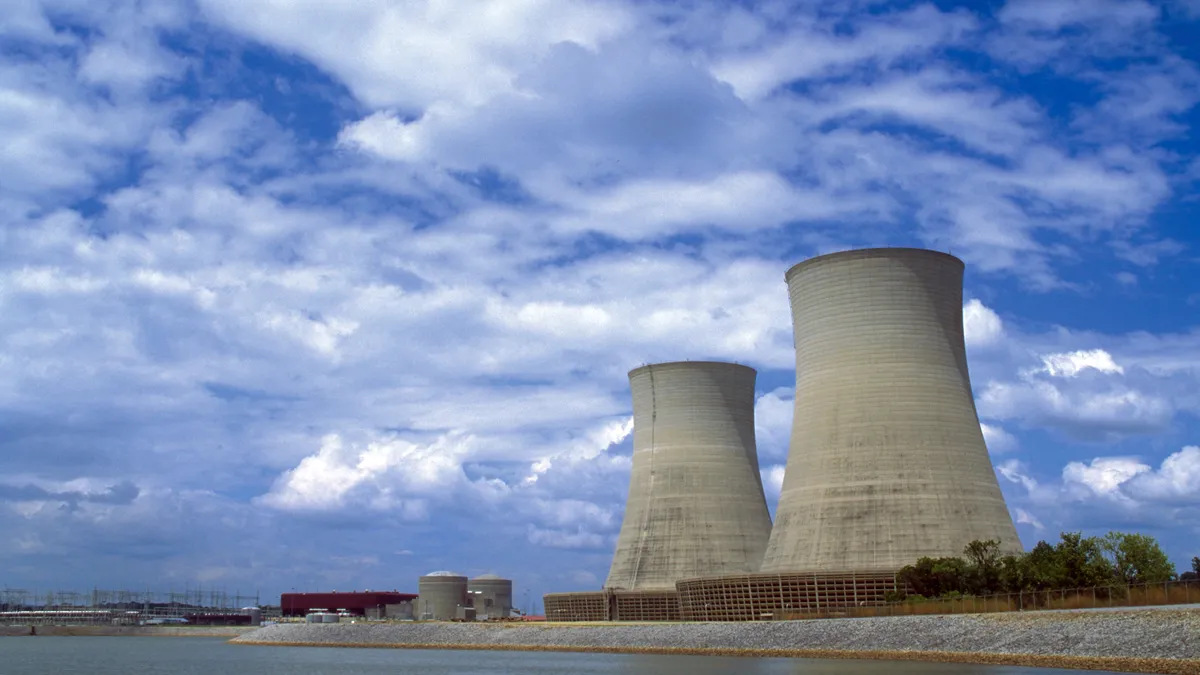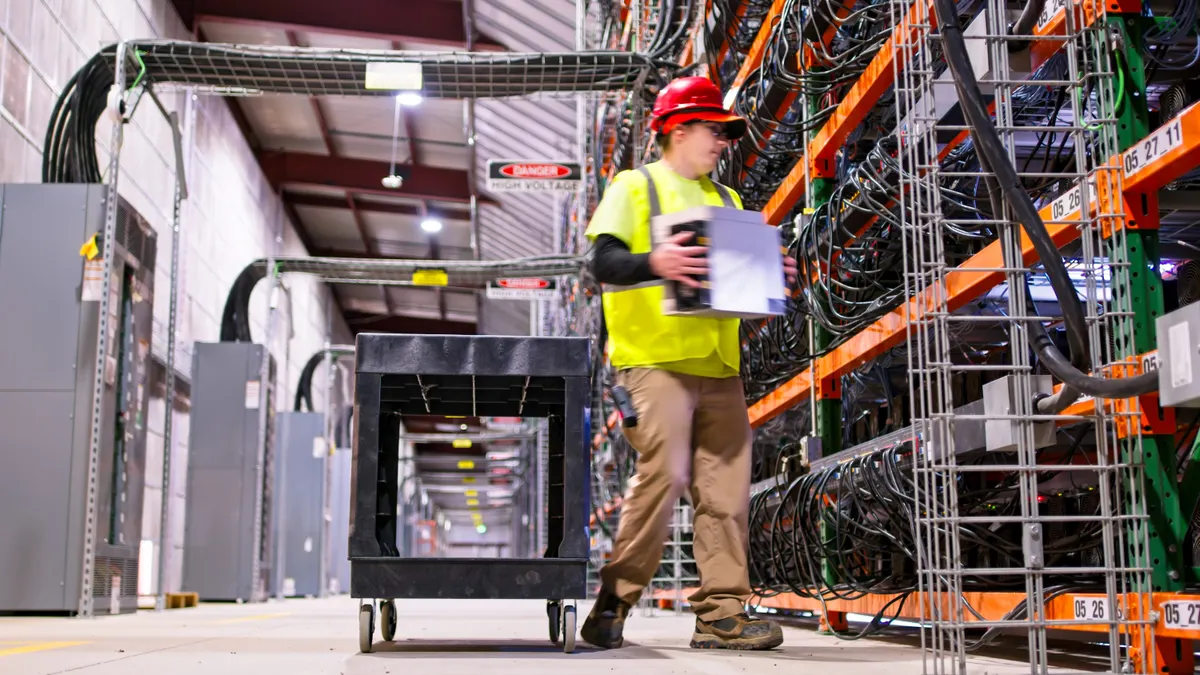The following is a contributed article by Charles Hernick, director of policy and advocacy at Citizens for Responsible Energy Solutions Forum.
It’s heartbreaking to see the losses from wildfires in California. While the fires are part of the state’s natural history, the unprecedented losses are indicative of an over-stressed ecosystem.
The forests aren’t resilient because of too much business and residential development, and too little time to adapt. In the energy sector, resilience also matters. Unfortunately, some groups are looking to use resiliency as mechanisms for propping up old, costly power plants. They’re taking the wrong approach.
In ecology, the concept of resilience — the capacity of an ecosystem to respond to a perturbation or disturbance by resisting damage and recovering quickly — is a central focus of study. In California, an aged electric system has been linked to fire-starting sparks. Poor land and forest management and encroachment into fire-prone areas by developers and property owners has fundamentally altered the ecosystem. And climate change is making matters worse.
Energy transition accelerates
Fortunately, the pace of transition to a clean energy future is rapidly picking up. Since 2009, wind and solar generation capacity has quadrupled and natural gas generation has grown by 24%, driven by low-costs and high demand for clean energy. At the same time, populations are growing and shifting. And, electric vehicle sales grew 8o% last year. While still a small share of the market, the rise is notable. Indeed, the electricity system that served our grandparents and parents is changing. Just as mobile phones revolutionized the telecommunications sector, so are distributed renewables, microgrids and energy storage changing the power sector.
Because of this evolution, the Federal Energy Regulatory Commission (FERC) is doing well to study resilience and FERC Commissioner Neil Chatterjee should be applauded for seeking a consensus definition. Fortunately, FERC’s focus on resiliency has evolved and matured substantially since the failed 2017 bid to bail out aging coal and nuclear plants.
But the pressure will continue until FERC settles the issue. Earlier this month, two dozen House Republicans called on FERC to protect “fuel secure” coal and nuclear sources of electricity through the resiliency review. This comes on the heels of another letter from utility commissioners from Alabama, Kentucky, Montana, Tennessee, West Virginia and Wyoming who warned that coal and nuclear plant closures are “bringing increased attention to grid resilience and fuel security.”
Critical stakes
The stakes are critical — both for keeping the lights on and for keeping costs low. The costs for propping up outdated technologies would be steep. Bailing out coal and nuclear plants could cost ratepayers between $9.7 billion and $17.2 billion annually, according to a 2018 analysis by The Brattle Group.
FERC should resist the pressures from special interests that would like the definition to cater to a specific attribute of the system or technology. What matters for resilience is the outcome — minimizing disruptions and getting power back online — and market players should be compensated for strategic investments, not for stockpiles of coal or uranium.
If states want to favor one technology or another to achieve other state-specific job creation or environmental goals, that’s acceptable as FERC must recognize the historical rights of states to shape their energy mixes. And to that end, Republicans in Congress and the Administration should stay true to conservative principles; affirming local control, and arguing for a high threshold to justify the government favoring any one energy resource or generation technology over another.
A good starting point
Fortunately, FERC’s existing definition for resilience is a good starting point. It doesn’t mention specific technologies. But like the definition in ecology, focuses on ability to withstand and reduce the magnitude of disruptive events and rapidly recover.
FERC should stay true to an “all-of-the-above” approach to energy that enhances reliability and affordability. The system should be open to macro solutions such as offshore wind and long-distance transmission, but also micro solutions. For example, many military facilities, universities, medical and first responders, sea ports and airports, and big box stores are moving to microgrids to ensure uninterrupted power. While connected to the grid, they can also operate independently with stored power and renewables.
The factors driving change in the energy sector have been driven by market competition favoring natural gas and renewables over coal, and state-level policies. The system is working and adapting by adopting the latest proven, low-cost technologies.
FERC can help stimulate growth and competition in the energy sector with a technology neutral, outcome-oriented approach to resilience rather than dictating production quotas or protecting a specific industry at the expense of a market-led system that’s been the source of job growth, reduced emissions and reliable low-cost power.
In contrast to the wildfires in California, the success stories in clean energy are heartwarming. And as the energy sector in California adapts, we’ll see reduced fire risk, more micro solutions, and more good news.




















